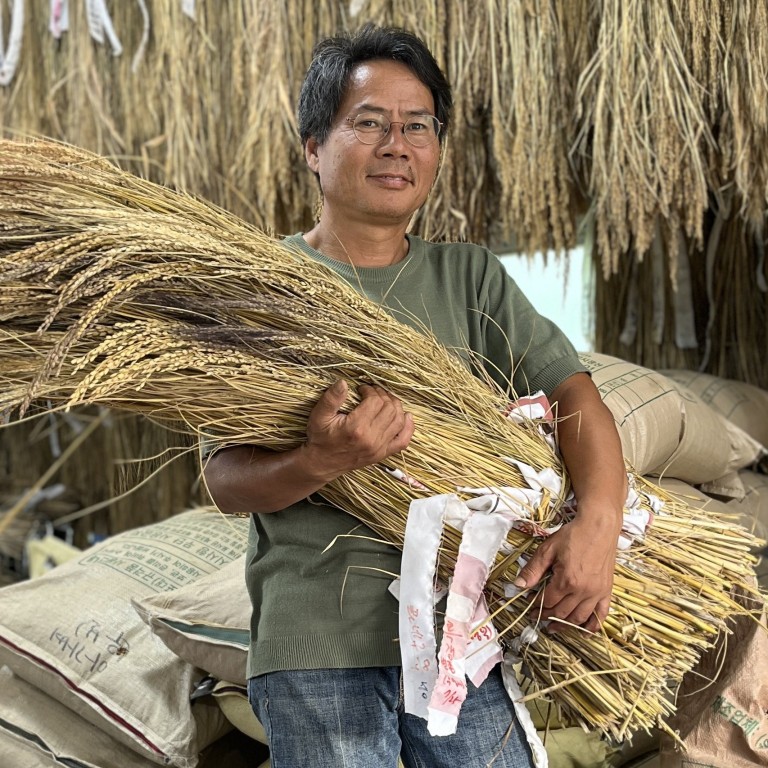
‘Heirloom rice has huge potential’: Korean chef and farmers on a chewy, nutrient-packed alternative, and the brewery using it to make beer
- A century ago Korea logged 1,451 native rice varieties. Today a farmer grows a third of them, but admits heritage rice will remain a niche product
- Koreans’ interest in health foods doesn’t extend to rice, one observer says. Yet a brewery uses heirloom rice to make beer and a top chef is trying it out
This past May, representatives of Slow Food International paid a visit to an unassuming rice farm in the rugged hinterland east of Seoul, drawn by the prospect of ancient Korean rice rising from the mud and rustling in the breeze again.
The operation, Woobo Farm, reached the milestone this year of growing about 450 Korean heirloom varieties, virtually all that have survived into the 21st century. Better yet, the farm’s harvest is all organic: pesticides and fertilisers are traded in for ureong (freshwater snails), which patrol the paddies, eating weeds.
Here, rice farming involves working with, rather than strong-arming, nature.

I’m enthusiastically met by founder Lee Geun-yi and his team members Park I-deun and O Jeong-hun, who invite me into an open, barn-like structure. Wreathed around the walls are bundles of dried rice on the stalk, with white identifying tags dangling down. The clean, dry smell of grain permeates the air.
While Lee’s swarthy complexion, callused palms and bulging forearms mark him out as a labourer, his thin-framed glasses and sweep of grey-streaked hair are carry-overs from his former career as a cultural critic for a magazine.
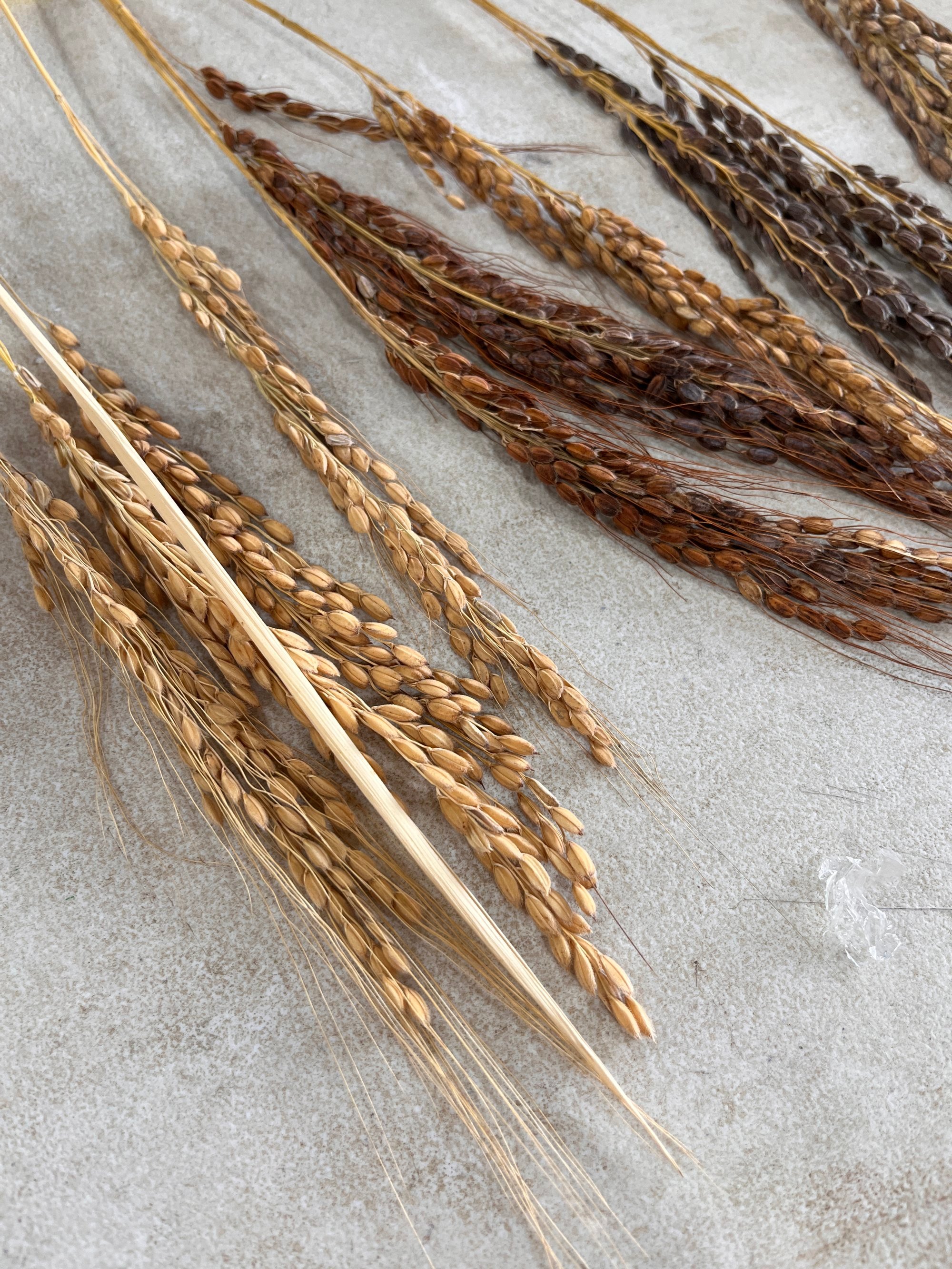
Starting out as a weekend farmer with an urban plot for crops such as lettuce, chillies and cucumbers, Lee became fascinated with the old ways of farming. In time, he decided to grow his own rice and rented a tiny plot north of Seoul, effectively starting Woobo Farm.
“Around that time, I collected about 30 types of heirloom rice,” he says. “I was involved with an agricultural magazine, so I had a chance to interview some farmers who actually grew native rice and learn from them.”
It came as a revelation that each of the indigenous varieties grew differently, with some shooting up as tall as reeds, others staying low to the ground. The rice grains themselves were amazingly varied – some with indented grooves, some green as sunflower seeds, some chocolate brown.
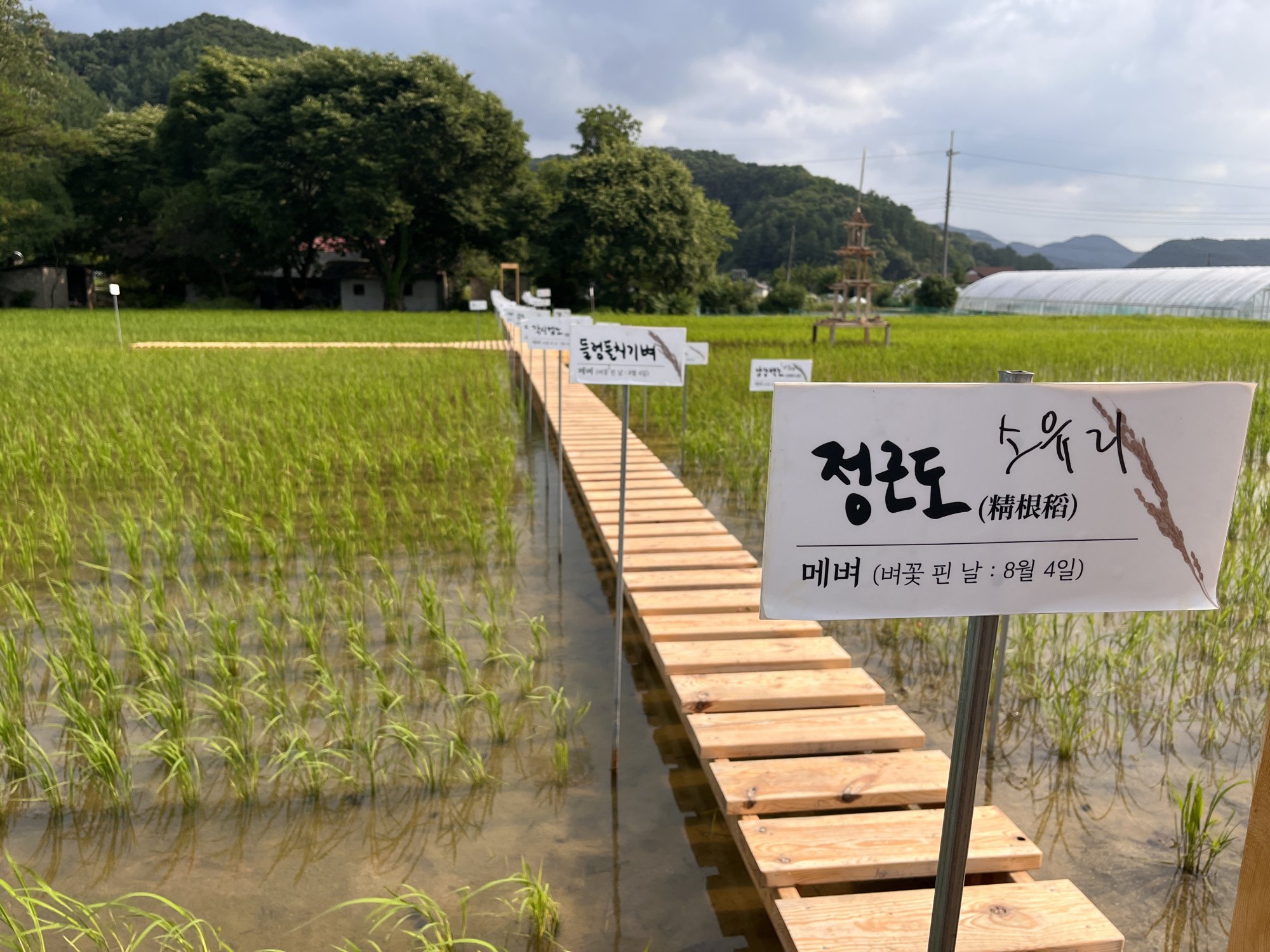
More heirloom rice seeds were provided by the National Agrobiodiversity Centre in Jeonju, a city in Korea’s southwest, its “rice basket” region.
What makes Lee an outlier is that for almost 100 years, “Koreans have ignored, neglected and looked down on native rice seeds,” as he wrote in a chapter of the book series K Food: Secrets of Korean Flavours.
The decline of native Korean rice began during the Japanese colonial period (1910-1945), when high-yield varieties were brought in from Japan. Then, starting in the 1970s, the Park Chung-hee dictatorship began pushing its own new crossbreed, tongil byeo (“unification rice”). This drive pushed heritage varieties even further towards the margins.

As Lee points out, 1,451 types of native Korean rice were listed in a 1911 rice survey document.
These varieties, which have adapted over thousands of years to local soils and climates, are not sold at supermarkets today. Nor are they served up to diners in the Seoul area, home to more than half the country’s 51 million people.
Essential but never a star attraction, rice serves as a blank canvas for the country’s extreme flavours, such as astringent fermented raw crab and zesty aged cabbage kimchi.

For many Koreans, the rice of choice ends up being Koshihikari, a Japanese cultivar created in 1956. Sticky and chewy, Koshihikari is Japan’s most popular variety. In 2020, though, amid a nationwide boycott of Japanese goods, South Korea’s Rural Development Administration took on Koshihikari by unveiling two new types – Haedeul and Alchanmi.
Easy to grow, eat and digest, these breeds are everything the public has come to expect from plain white rice.
A bowl of ruddy, chewy Korean heirloom rice, by contrast, is almost a meal in itself, packed with nutrition. Many types come with awns (fine hairs at the ends), leading to colourful variety names such as Dwaejichal (hog rice) and Jokjebichal (weasel rice). Wild features such as awns make it harder to separate, polish and sort the rice grains.
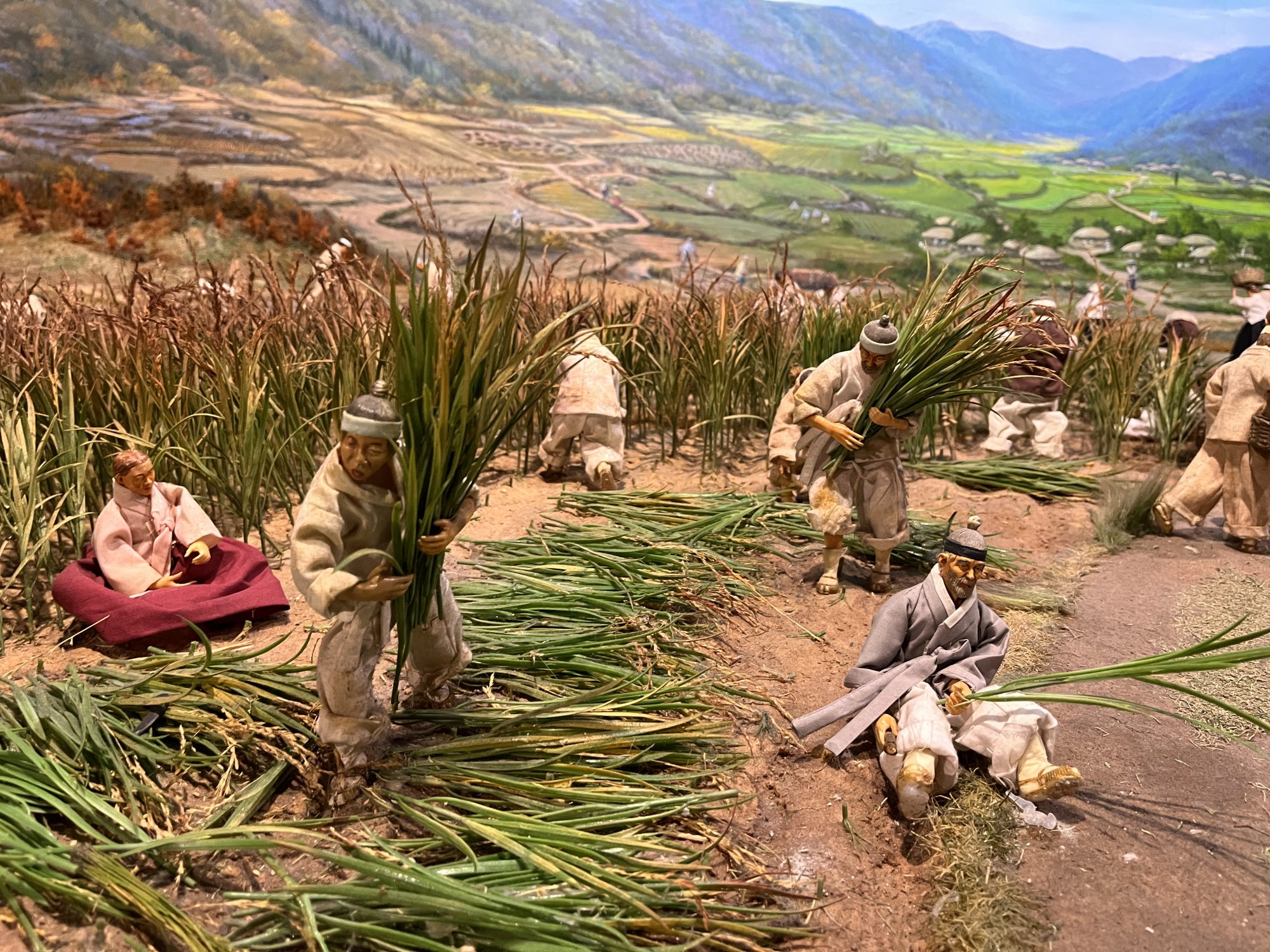
Growing native rice is labour-intensive and ends up being a small-scale affair. Lee recounts working with local farmers last year: “They gave some chemical fertiliser to the rice to try to increase the yield, even though I told them to farm it organically. And unfortunately the crops died. Each type has different needs, so it’s a tricky proposition.”
As passionate as Lee is about native rice, he doubts it will catch on. He’s seconded by Shin Jong-hee, a docent at Seoul’s Rice Museum, who says, “These days, many people are seeking out organic foods and health foods. But rice is our staple. It’s not affected by passing trends – we just continue to eat whatever rice is on the table.”
Still, several sellers are offering heirloom varieties such as Bukheukjo (originally grown in North Korea) on the Korean e-commerce site Coupang. And the fine-dining scene is showing interest. Chef Choi Yu-gang, of the one-Michelin-star Seoul restaurant Kojacha, is currently testing out 10 varieties.
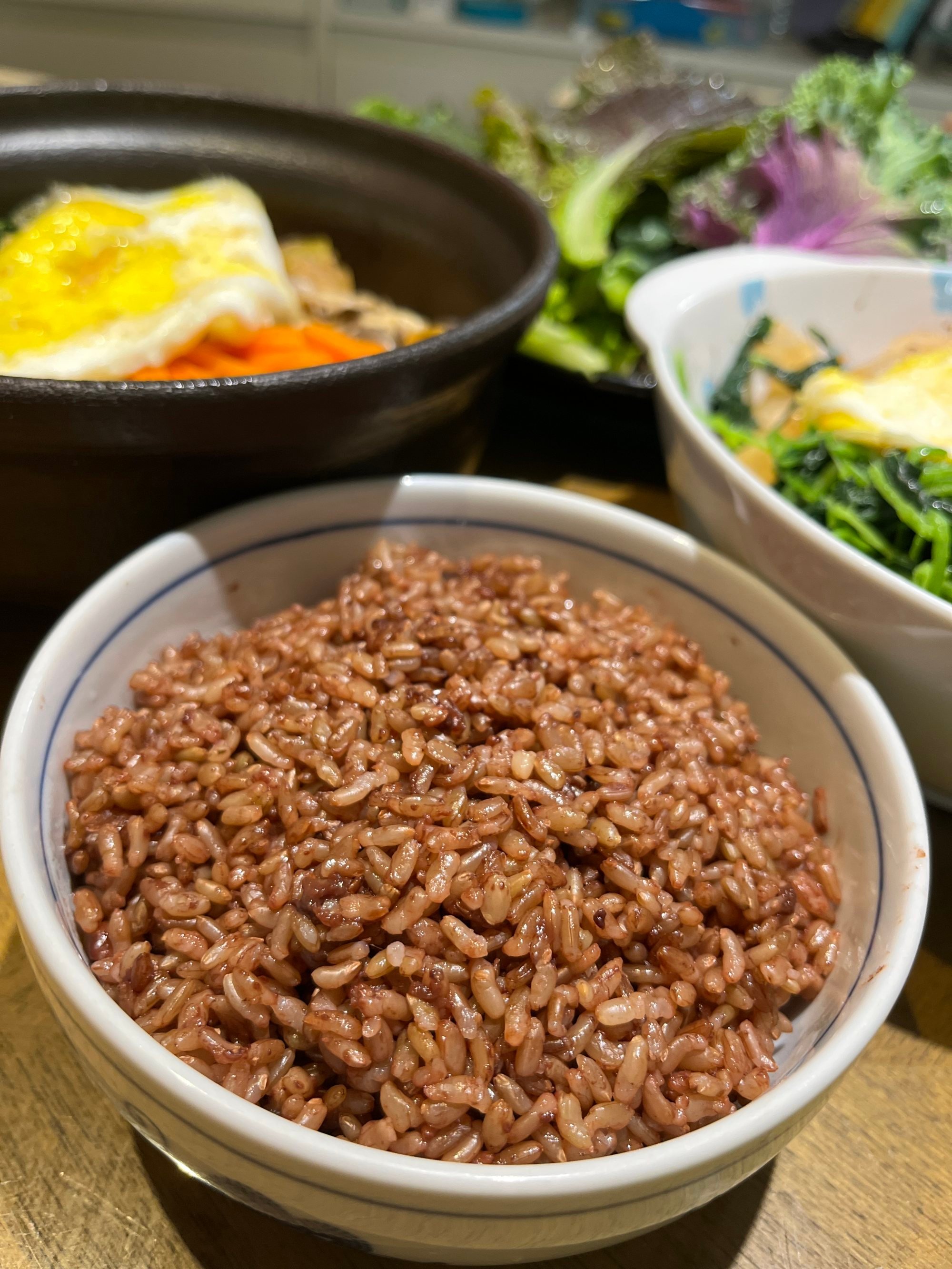
“Frankly speaking, for quality, I like Japanese rice,” Choi admits. “I use it for sushi and fried rice dishes, and heirloom rice doesn’t really work for these. Indigenous rice is all or nothing – there’s no middle ground – either it’s super sticky or not sticky at all.”
He sounds frustrated, but changes tack, saying, “Of course, heirloom rice has huge potential. I think it will fit well with traditional Korean dishes. I’ll continue working with Woobo Farm to put more Korean identity into my dishes, working on finding the right dishes for indigenous rice.”
Another trailblazer can be found in Gangjin County, near the rocky southern tip of the Korean peninsula. There, social enterprise Gabaewul is running a farm-to-table restaurant that adheres closely to traditions by sourcing organic produce. Featuring beans and five types of heirloom rice, one of Gabaewul’s signature dishes is yeonipbab, or steamed heirloom rice wrapped in lotus leaf.

Sweet, chewy and fragrant as green tea, this filling vegan dish is everything that a fast-food burger isn’t.
I visit Gabaewul’s Seoul office to speak with general manager Kim Jeong-hee, who is quick to point out that “red rice contains polyphenols, which have anticancer properties – 200 times more than typical white rice”. She concedes, though, that indigenous rice is still about four times pricier than mass-produced rice.
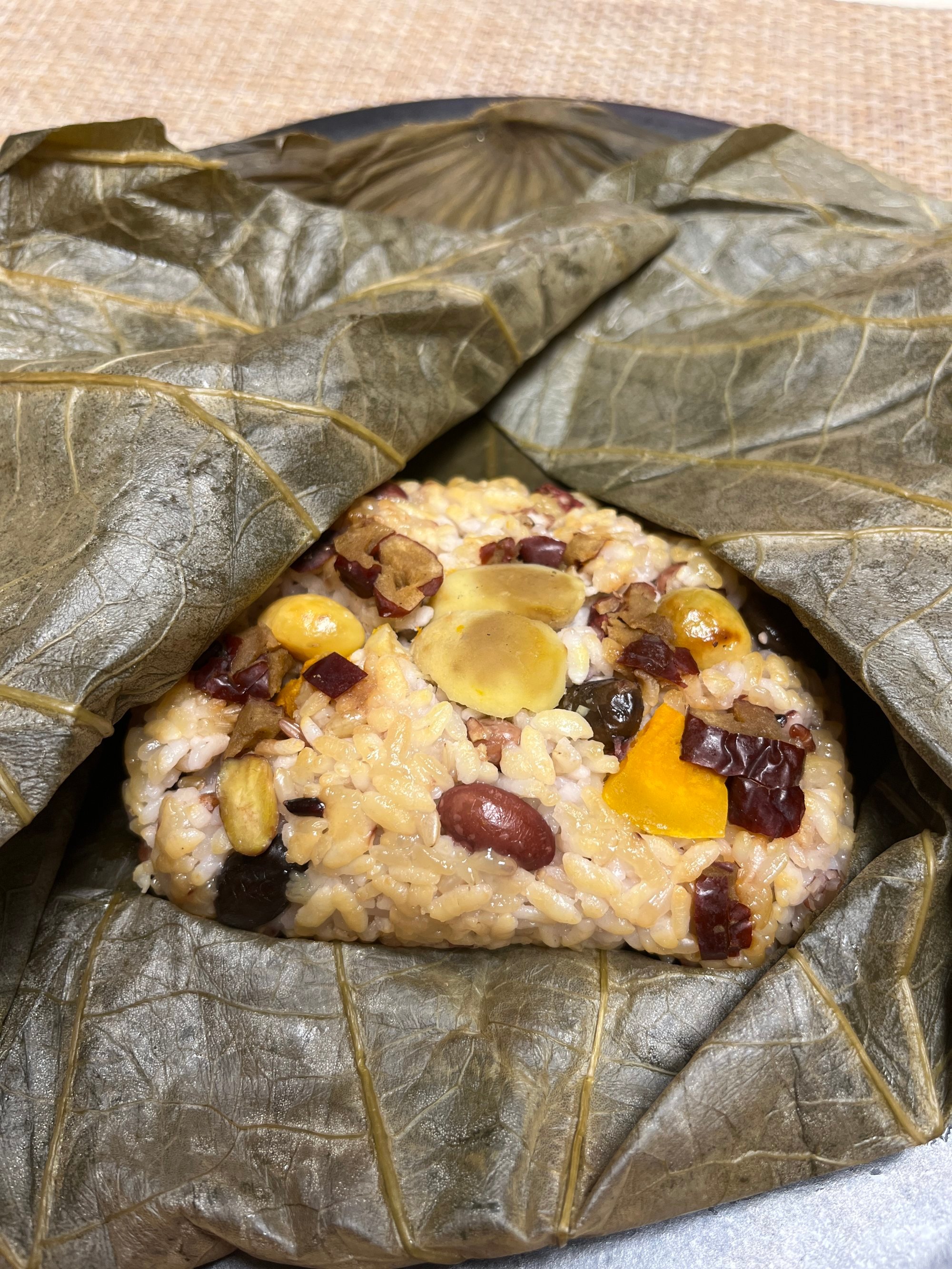
For this reason, Gabaewul, which also sells food on its website, mixes its native rice with typical brown rice.
I’m sitting across from Kim at one of the long wooden tables used for Gabaewul’s cooking workshops. The space is filled with natural light; just beyond the windowpanes, the top branches of several ginkgo trees shake and sway in a light breeze.
A slight, trim, late-middle-aged woman, Kim speaks in a calm yet impassioned manner, moving from the ideas of Indian ecofeminist Vandana Shiva to local issues involving farming, health and the environment.
How to cook rice: in Asia, it’s no laughing matter
“Two years ago, we had heavy rains here in Korea, and the large-scale sesame farmers lost almost their entire crop, except for the heirloom sesame plants, which managed to scrape through,” Kim points out. “It’s the same with crops like bananas. The enhanced varieties are weak when it comes to adapting to changes – it’s putting all your eggs in one basket.”
Heirloom rice is the smart option in a time of climate change, she believes.
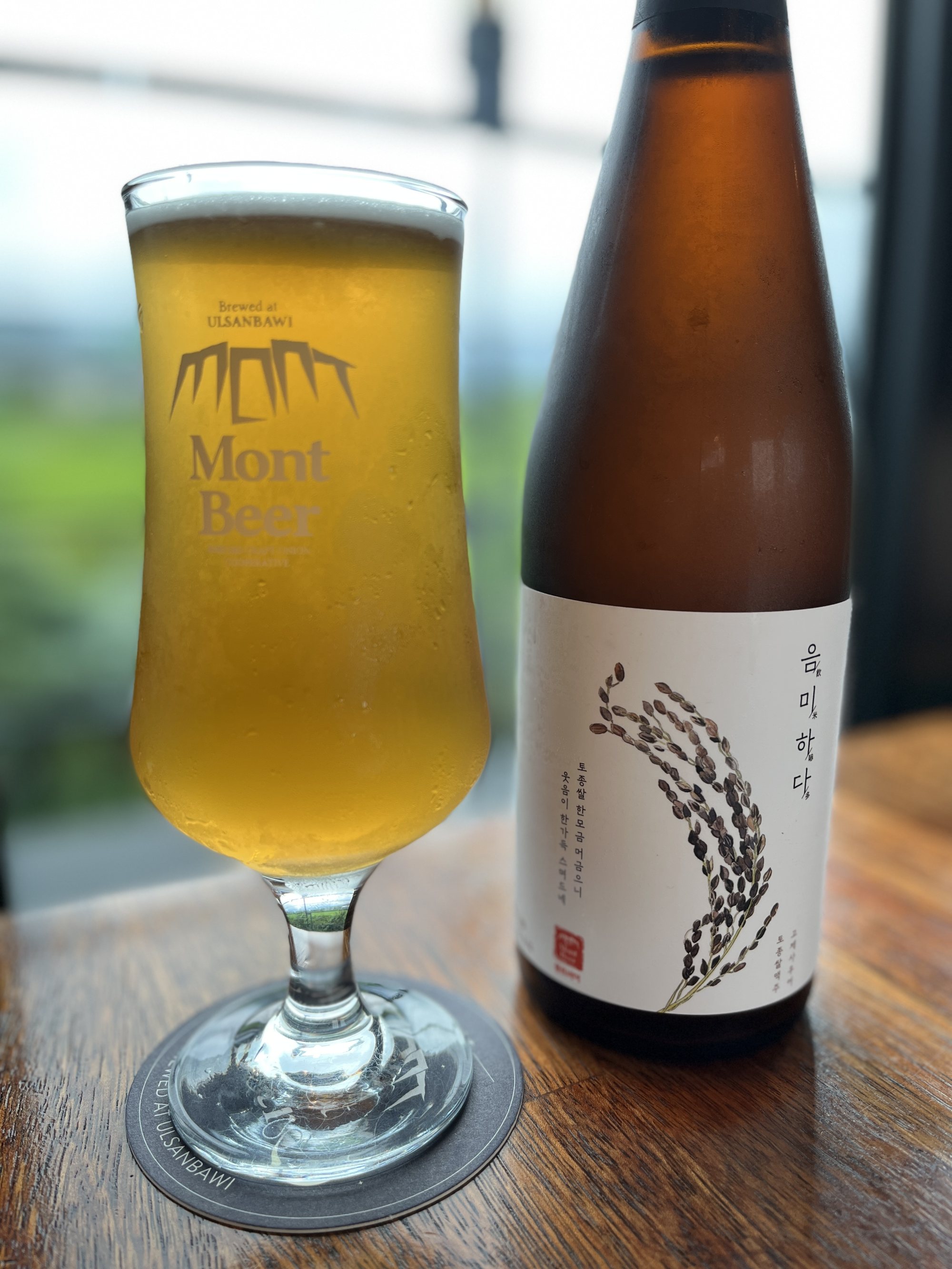
Named Eummihada, the new beer joins a select group of Asian brews made from heirloom rice, including Hitachino Nest’s Red Rice Ale (in Japan) and Goa Brewing Co’s People’s Lager (in India). Complementing the deep, rich flavour provided by the rice is a hint of saltiness achieved by using the sediment that collects at the bottom of well-aged soy sauce.
Whether Korean heirloom rice’s breakthrough comes in the dining scene, the drinking scene or some other scene is anyone’s guess. But it’s clear that the potential of these 450 varieties, with peculiar names such as White General, Green Pine Rice and Bird’s Head Rice, has barely been tapped. Like the individuals who advocate for them, native grains are resilient by nature.

